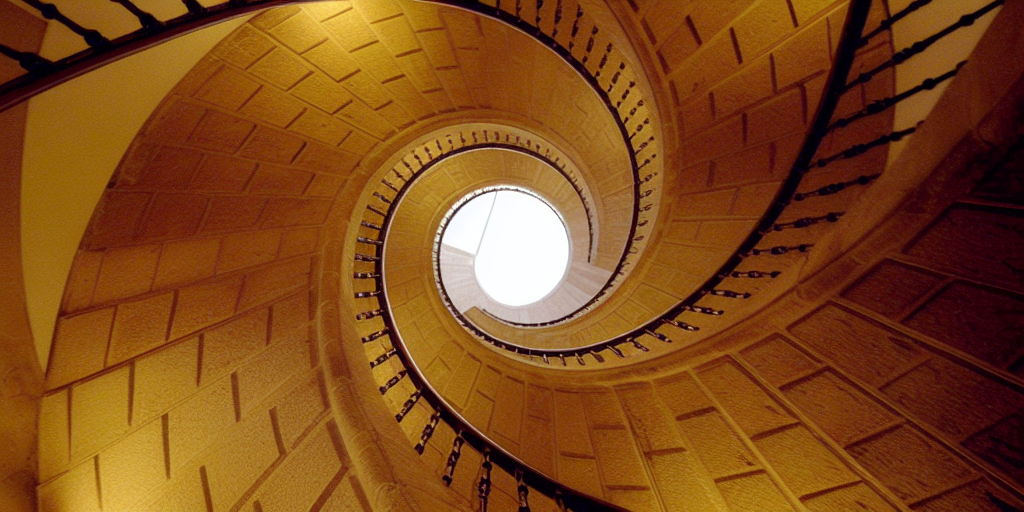Speaker
Description
In recent years research has been carried out on algorithms to simulate quantum many-body systems in current NISQ devices. In particular, for the ground state finding problem, known to be QMA-complete, a quantum adiabatic algorithm can be used. On the other hand, the Bose-Hubbard model has gained impact lately because of the prediction of exotic phases of matter and because its experimental realisation in a set up with cold atoms in optical lattices. In this work, an adiabatic quantum algorithm is designed to obtain the ground state of a one-dimensional Bose-Hubbard model. Three parts of the algorithm are presented (initial state preparation, adiabatic evolution and measurement) and the scaling of the circuit depth with the size of the system is analysed in each of these parts. The designed algorithm turns out to be efficient in terms of scaling for the evolution and the measurement parts. However, the initial state preparation is a complicated task that requires the study of alternative ways. Still, it allows us to simulate systems obeying this model and to draw conclusions about the use of this kind of algorithm to solve the problem. In order to test the algorithm, simulations have been performed for systems with a variable number of sites and particles using the quantum circuit library qibo.
